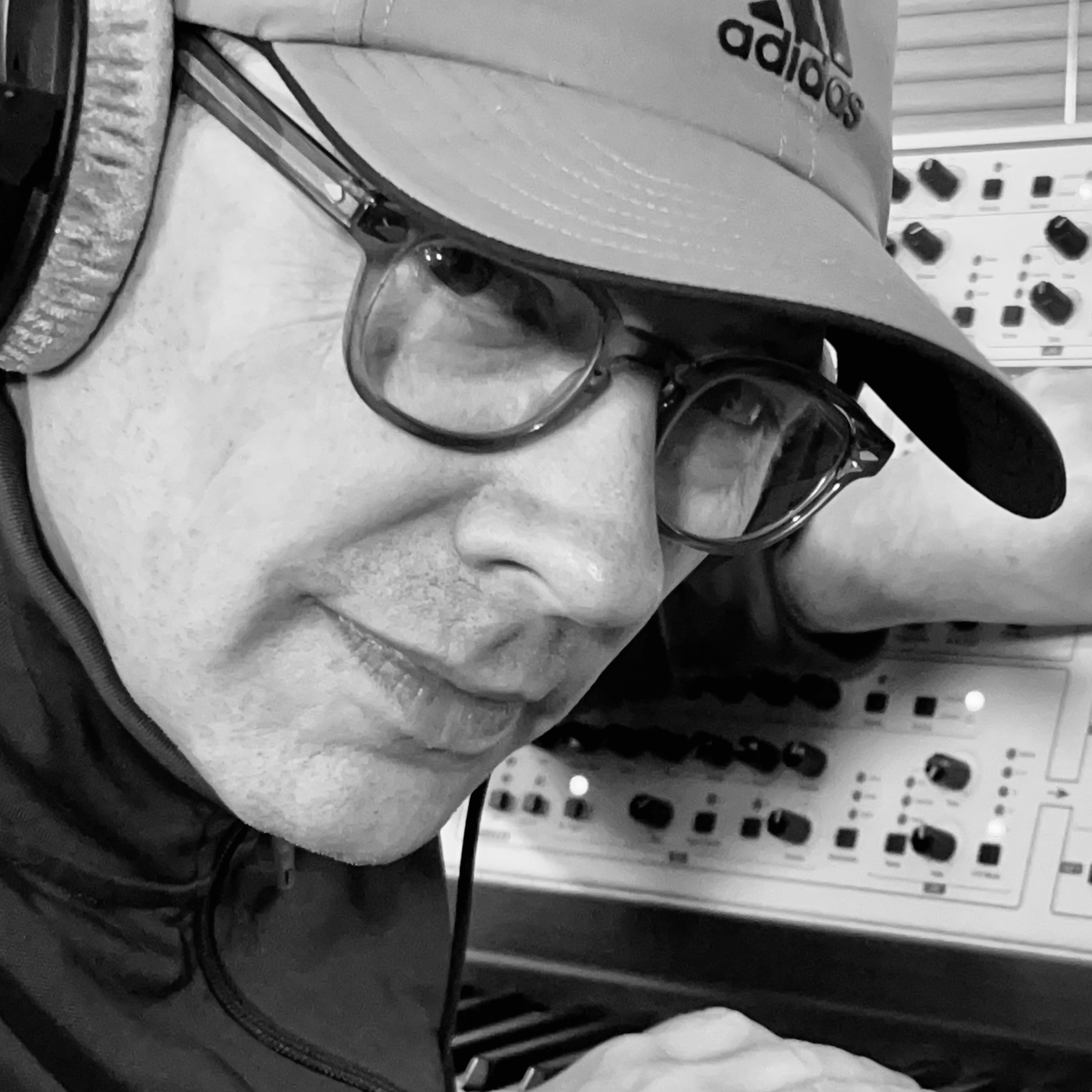Classic vocal effects, explained: "Contrary to many people’s assumptions, the vocoder itself is not actually a synthesizer"
Never mind AI, we’re getting the robots involved in production, as we demystify vocoders, talkboxes, hard-tuning and harmonisers!
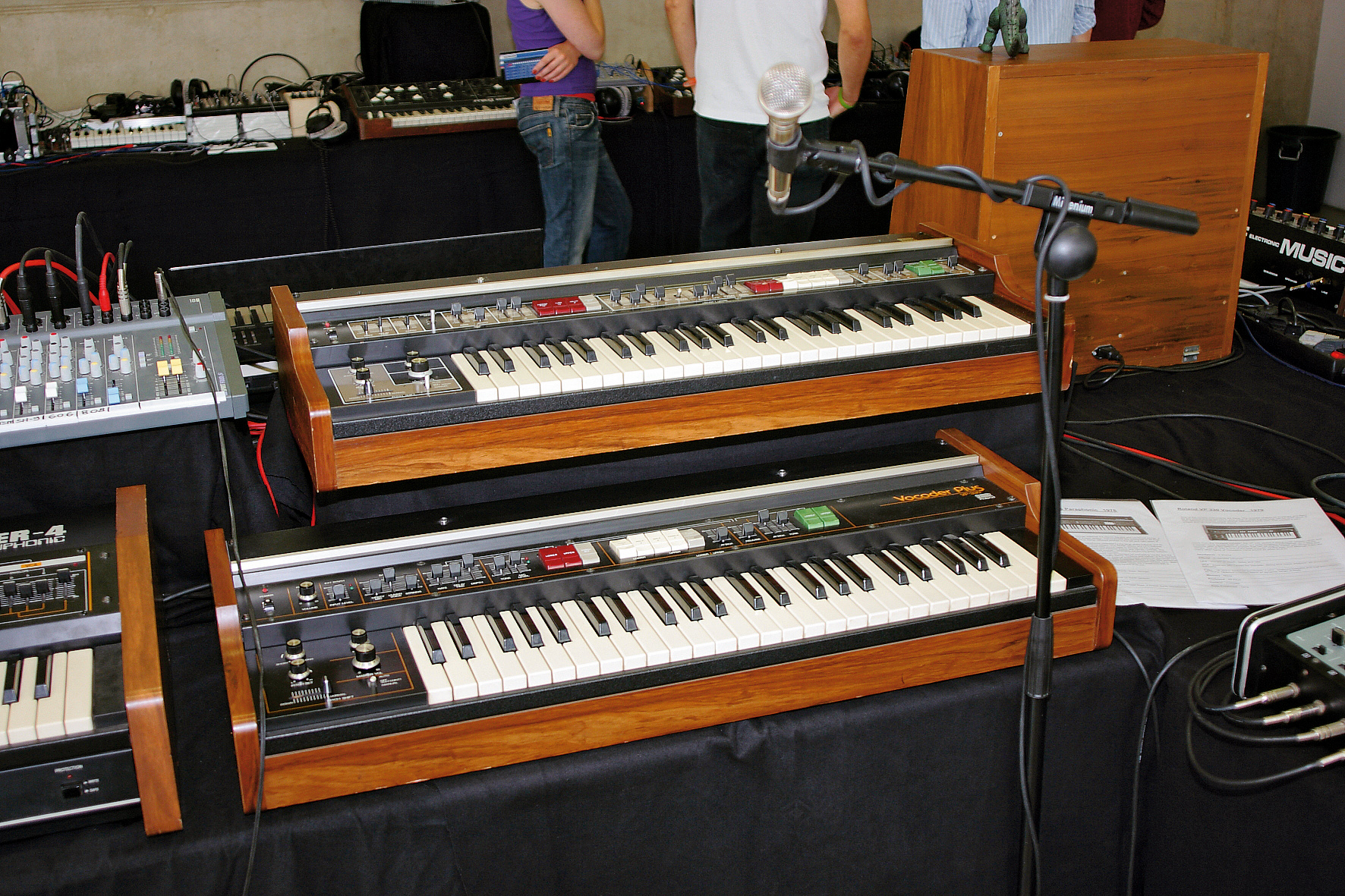
Can you remember the first time you heard a voice on a track which employed a sound that felt like it was a mixture of real vocals and a synthesizer? The chances are, you were listening to an instrument known as a vocoder, which combines synthesis and vocals to create that classic robot voice.
This is the beginning of a production story that has influenced the style of many artists, both vintage and contemporary. It’s now something we can achieve with modern software, taking the old concept into our 21st century productions…
Unbelievable as it might seem, the concept behind the vocoder was developed back in the 1930s. The technology was adopted as a method of broadcasting audio messages in a state of encryption, which was put to use during World War II. It didn’t take very long for musicians to realise the potential of vocoding technology.
Apart from a number of novelty songs and tracks, such as the legendary Sparky’s Magic Piano, vocoders became synonymous with electronic music, through artists such as Kraftwerk and Wendy Carlos. Even jazz-funk pioneers got in on the vocoder action, as demonstrated by the likes of Earth, Wind & Fire and Herbie Hancock.
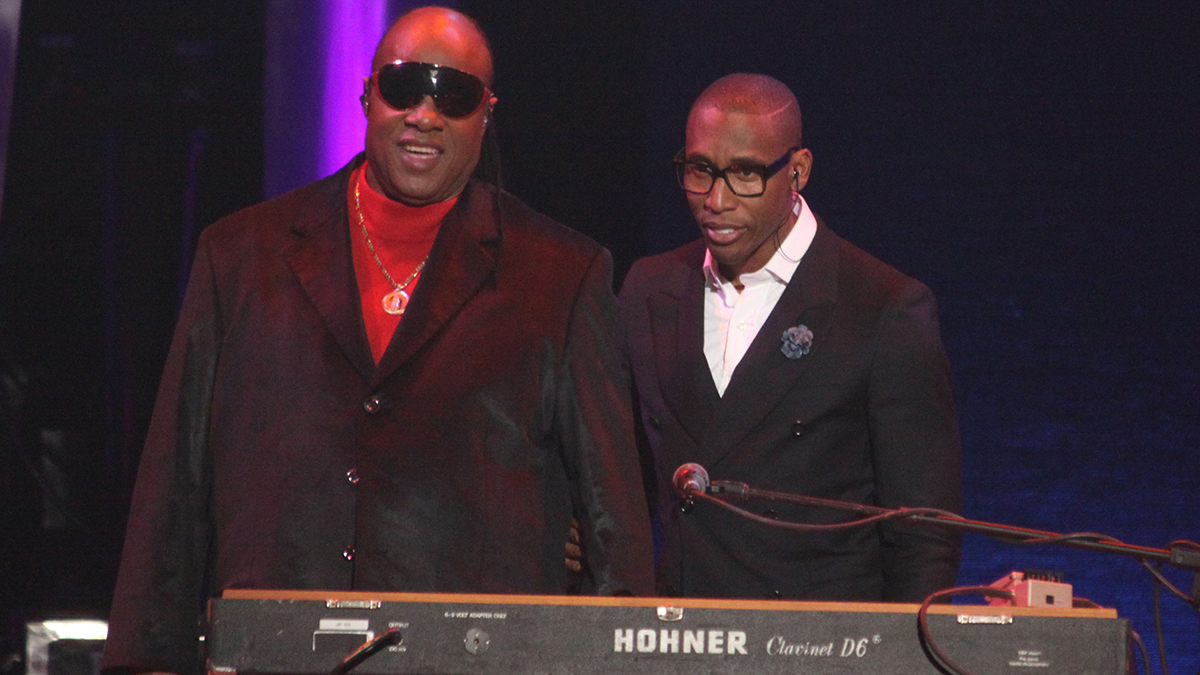
But why should keyboard players have all the fun? Guitarists wanted to get in on the action, too, and a device known as the talkbox provided a similar sound for our string-based cousins, although it didn’t stop artists such as Roger Troutman (Zapp) and Daft Punk liberating the talkbox back into the keyboard domain.
While these devices were always predominantly hardware-based, the rise of software has allowed us to access these effects readily within our DAW. With the march of technological development, so comes new production effects, and now we find hard-tuning and harmonizers playing an equally important role in production sound, delivering a similar but highly-contemporary version of the vocoding concept. Just ask Bon Iver, now the biggest exponent of the highly-processed Prismizer effect.
If the subtleties of these different elements has eluded you until now, don’t panic! The robots aren’t coming over the hill just yet, but we are here to assist you, not artificially, but intelligently!
Get the MusicRadar Newsletter
Want all the hottest music and gear news, reviews, deals, features and more, direct to your inbox? Sign up here.
Vocoders and talkboxes are easily confused, not least of all because they sound incredibly similar. Because of their sonic similarities, you can arguably substitute one for the other, which, as we will discover, may not be such a bad idea – if you want to hang on to your teeth!
Carrying vocoders
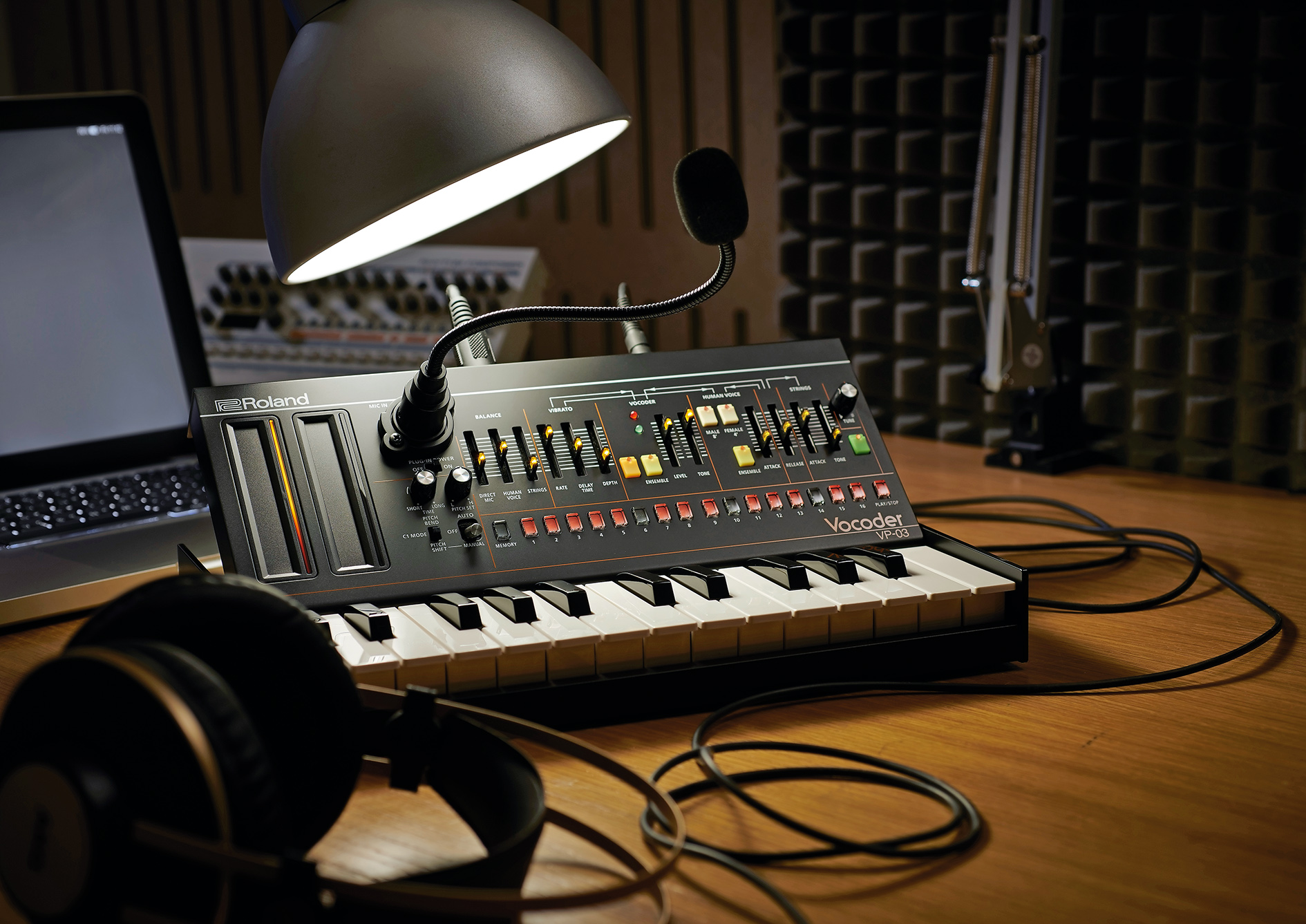
Contrary to many people’s assumptions, the vocoder itself is not actually a synthesizer, although it is quite usual to find a synthesis element within a vocoder, especially in plugin form. The vocoder component joins together two elements, both of which are required to make the classic sound.
Firstly, we need a carrier wave, which is most commonly some form of synthesizer or inbuilt synth circuit. In the software realm, this is usually included as part of the plugin, and can be controlled by either setting a specific note or single chord, or using a keyboard to play notes in order to follow the chord progression of a song.
The second component that is required is a modulating signal. For a classic robot voice, this would need to be some kind of vocal, although it is not uncommon to use other instruments, particularly ones that are percussive in nature. Artists as diverse as Stevie Wonder and Röyksopp have been known to send drums in the direction of a vocoder, while playing chords that follow the song.
Smart plugins
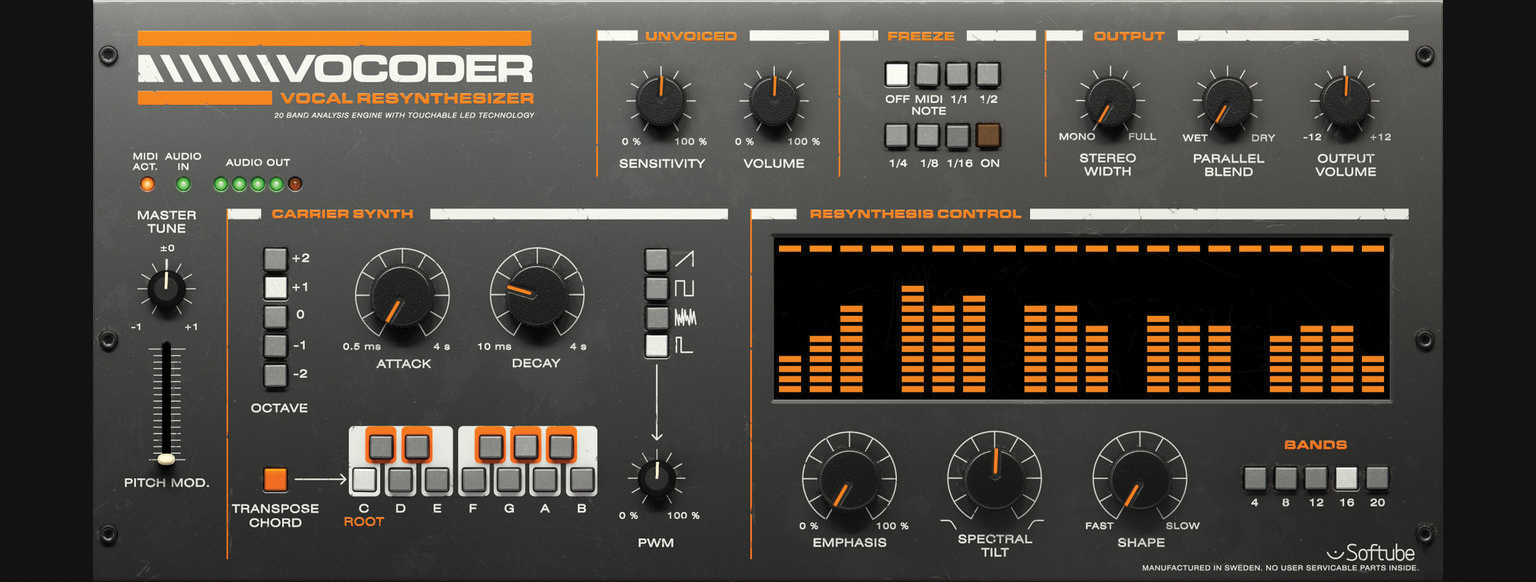
If we consider original vocoding hardware for a moment, some of the best vocoders ever produced shipped in the form of a box with no synthesizer attached. The Sennheiser VSM-201, EMS 2000 and Roland SVC-350 are all fine examples, but all requiring an external synthesizer, as well as a microphone input.
Roland realised that it could place this technology in a keyboard, and include a carrier circuit, in the shape of string and choir sounds. Hence the SVC-350 was somewhat better known as the infamous Roland VP-330, which Roland still produces today, but now in the guise of their boutique-shaped VP-03.
If this classic Roland sound is the sort of vocoder that interests you, then help is at hand in the software domain, too. Softube has beautifully engineered a reincarnation of the VP-330, as a software plugin. Moreover, it has a built-in carrier wave generator, so you won’t need to fiddle around with a separate synthesizer in order to get your vocoder to work.
Got a mic?
All software vocoders will allow recorded audio tracks to be routed toward the plugin. This means that if you have a lead vocal already, you could employ this as your modulating signal. Playing chords alongside this vocal will provide the effect of beautiful electrified backing vocals.
Vocoders can, however, be a little fussy about the modulating input. As we have already mentioned, percussive sounds work very well, so it won’t come as a surprise to learn that the more percussive and articulated a vocal sound, the better the vocoded effect will be. For this reason, die-hard vocodists tend to prefer a vocal input via a dynamic microphone.
There are plenty to choose from, with classic choices being the Shure SM57/58, Shure SM7B or the Sennheiser MD-421, which is well known in the recording industry as a perfect mic for recording toms on a drum kit. Therefore, you might find it better to record a separate vocal track, specifically for the purpose of using with your vocoder plugin.
Squashed and compressed
Like the vast majority of recorded vocals, compression can play a major role, whether deployed at the input or the output stage. Vocoder circuits will behave better if they have a steady and reliable compressed signal for the purposes of modulation. Whether you are vocoding vocals, drums, or anything else, compress your signal, as your vocoder will thank you by providing better results.
Talking of boxes…
Vocoders can often be confused with a different technology, called a talkbox. Unlike vocoders, the talkbox can only exist in the hardware domain, although there are plugins available that try to mimic the characteristic sound.
Talkboxes operate in a very simplistic way, but can be difficult to use
Talkboxes operate in a very simplistic way, but can be difficult to use. As they were originally designed as guitar pedals, you will find many talkbox examples available as guitar stompboxes. In essence, a signal from either a guitar or synthesizer is fed into the effects pedal, before it becomes amplified, to a relatively loud volume.
The signal then heads to a speaker, which is enclosed, except for the attachment of a plastic tube, where the sound is literally funnelled. The user then puts the tube in their mouth, before mouthing lyrics or vowels, back into a microphone for the purposes of either live performance or recording.
Think of the opening riff to Bon Jovi’s Livin’ on a Prayer and you will recognise a fine guitar-based example. This is also incredibly popular in the synthesizer domain, on classics such as the opening of Bruno Mars’s 24K and many Daft Punk tunes.
The only problem is, as the sound is so heavily amplified, all those high-volume frequencies swirling around your mouth can cause problems for your teeth! Don’t believe us? Ask Peter Frampton, who became well known for using the talkbox with his guitar, and has been a denture wearer for many years!
Getting zapped
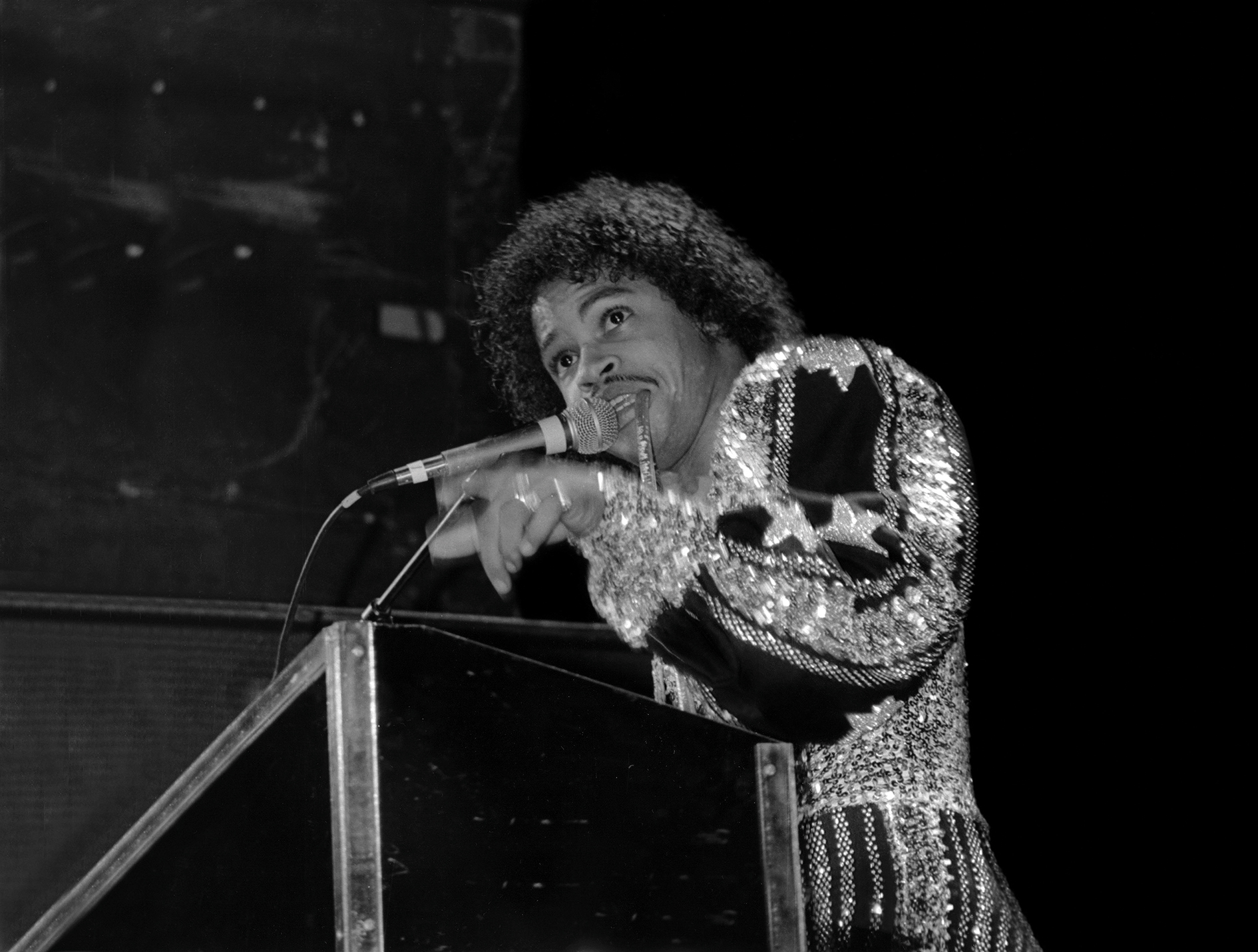
One of the most prolific artists who made extensive use of the talkbox sound was singer and keyboard player Roger Troutman. During his tenure as the frontman for the American band Zapp, he became known as one of the world’s finest exponents of the art of the talkbox. Though his innate musical talent brought much to his playing, the technology behind his talkbox was a closely guarded secret.
It was reported by many artists who booked him to play on their tracks that he would keep his talkbox tech away from prying eyes, almost to protect the idea of it. Even so, what we do know is that he originally used a Minimoog with his talkbox, which was later replaced by one of the cheapest synthesizers from the mid-’80s Yamaha lineup.
The DX-100, with its mini keys and reduced synthesis capabilities, became his weapon of choice, now copied by the current talkbox generation. Even the patch that Troutman used and designed to act as the carrier signal for his sound was a secret at the time, but it’s now one that can now be discovered easily enough thanks to the internet.


Roland Schmidt is a professional programmer, sound designer and producer, who has worked in collaboration with a number of successful production teams over the last 25 years. He can also be found delivering regular and key-note lectures on the use of hardware/software synthesisers and production, at various higher educational institutions throughout the UK
